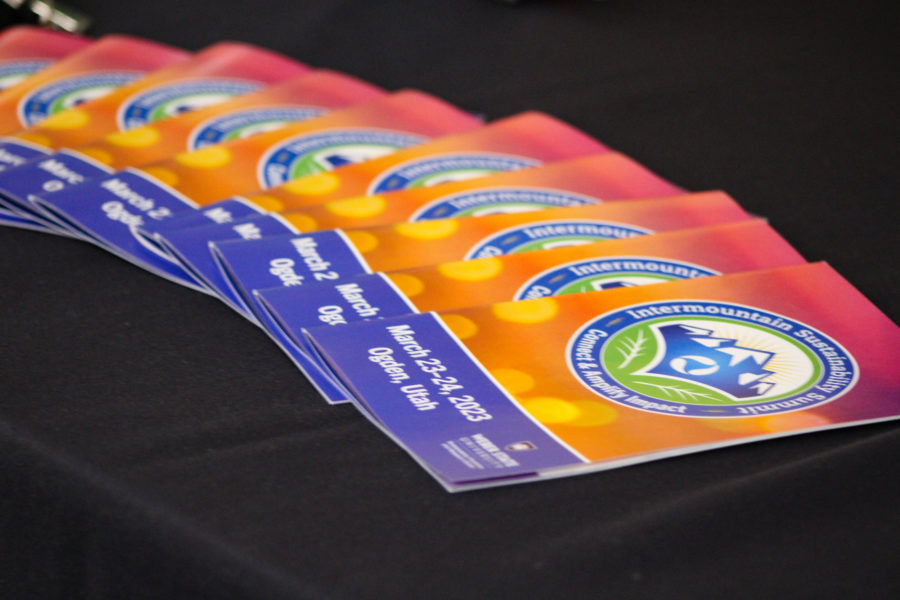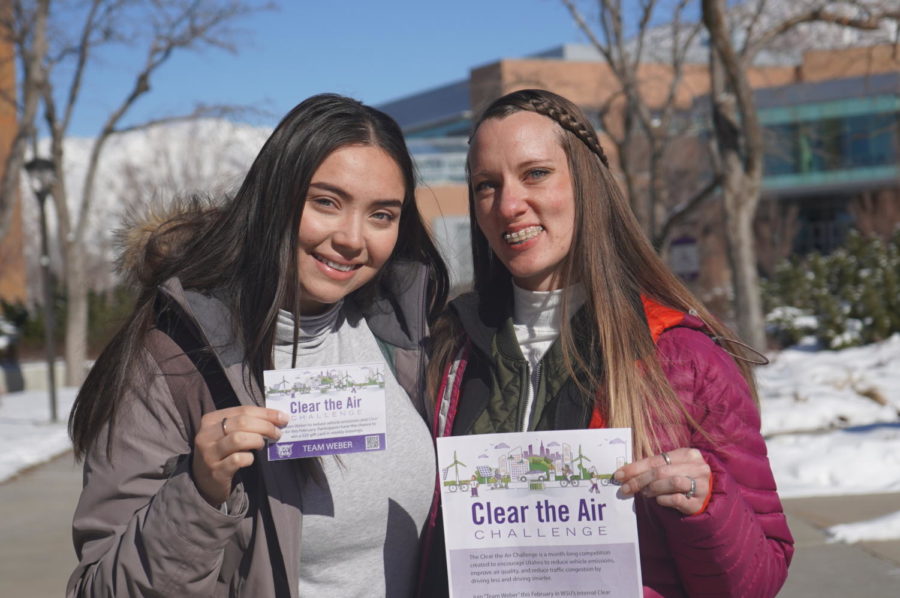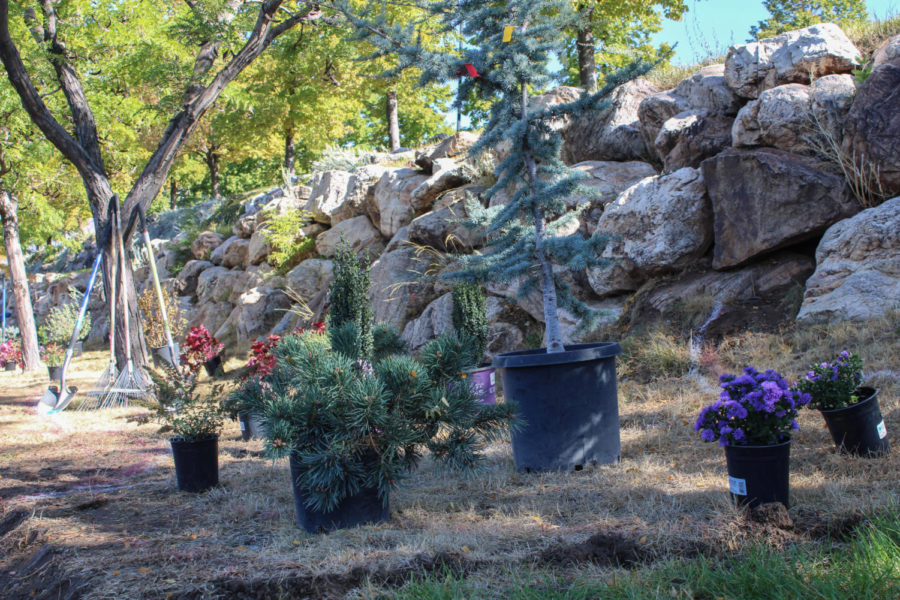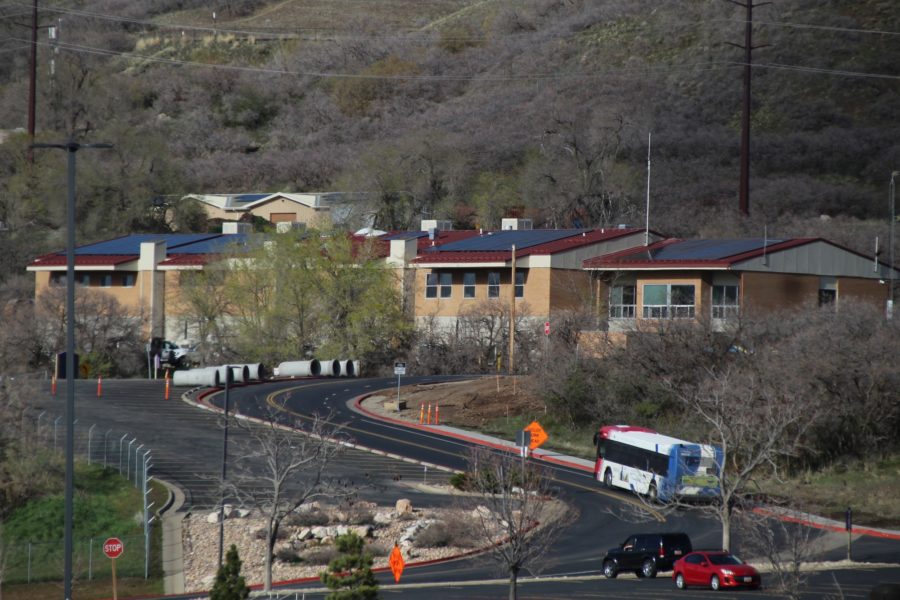
There are over 30 days in a year dedicated to serving our planet. Over the weekend on Nov. 15 American’s got the chance to celebrate planet Earth by recycling on America Recycles Day.
The day centered around recycling was started in 1997. America Recycles Day helps build awareness about creating a better natural environment and has helped Americans become more informed about recycling and buying recycled goods.
The Recycling Coalition of Utah (RCU) is an organization of cities, businesses and individuals who come together to support effective recycling legislation, which supports national recycling efforts and education on the technical side of recycling.
Brad Mertz, executive director of the RCU, believes these efforts fly under the radar for most of the people in the state.
“Utahns would be surprised at the level of economic impact recycling in Utah contributes to Utah’s overall economy,” Mertz said.
Weber State University’s campus has a group of environmental ambassadors, which consists of students who educate the campus on sustainability and implement sustainability activities.
The environmental ambassadors have started and finished several different projects in the past, including: water bottle refill stations, bicycle racks, bicycle fix-it stations and standardizing the signage and bins around campus.
“We could technically recycle approximately 80 to 85 percent of the waste produced on campus but are currently recycling at about an 18 percent rate,” Stephanie Mitts, president of the environmental ambassadors at WSU, said. “There is a lot of room for improvement and we hope to see the results with the new recycling infrastructure.”
WSU currently has two sustainability efforts. The Sustainable Practice and Research Center (SPARC) is the academic arm of the effort, which provides information in the curriculum and other educational aspects of sustainability, such as booths during campus events, classroom presentations and Lucid Dashboards that provide real-time calculations of energy use around campus. SPARC is directed by Alice Mulder, who is an assistant professor of geography at WSU.
The second arm is the energy and sustainability office (ESO), which is housed in facilities management. The ESO deals with the the many different parts of campus that affect sustainability.
“[ESO] is responsible for the sustainability efforts in regards to the physical infrastructure of the campus, the operation and administration of the campus,” Jacob cain, a member of ESO, said.
Recycling in Utah has become easier since most plants now offer a co-mingled recycling system. This means that fibers (newspapers, cardboard, etc.) can be put in the same recycle container as bottles and aluminum.
The materials are then taken to a materials recovery facility (MRF) and sorted. The MRFs in Utah are clean MRFs, meaning that only recyclable materials are taken here. Garbage meant for the landfill is not separated in these facilities.
Recycling is less expensive in the long run than creating landfills. About 10 billion dollars is spent to operate American landfills each year. While recycling does cost money, the cost is considerably less than supplying the land, manpower and monitoring needed to keep soil and water clean in a landfill.
These materials can then be reused to help reduce the use of natural resources. There are 10 recycling services in Weber County that will recycle anything from tree branches and grass clippings to oil, batteries and electronics.
According to Mitts, students can participate in recycling efforts by “making a concerted effort to learn to recycle properly and to utilize the resources available on campus.”













